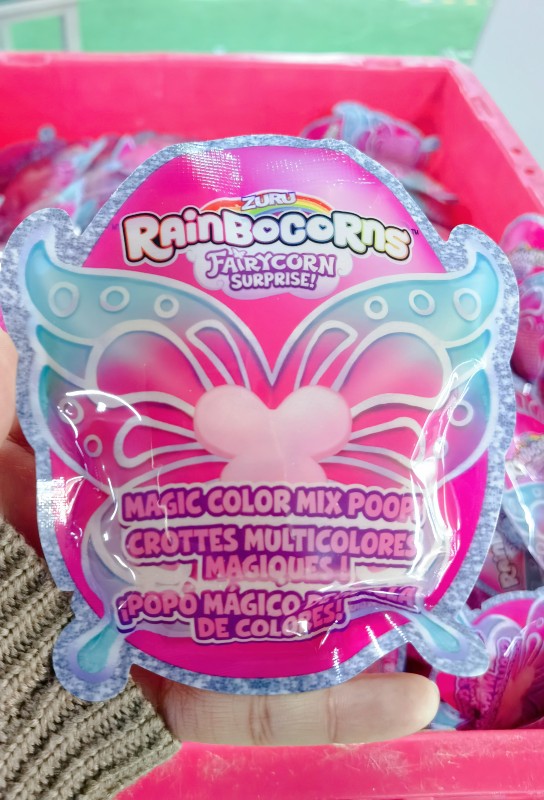plasticine toy Factory
Innovative Techniques in plasticine toy Factory Production
The world of toy manufacturing has seen a significant evolution over the years, with the plasticine toy factory being a prime example of this progression. Plasticine, a type of modeling clay, has been a popular material for toy production due to its malleability, non-toxicity, and vibrant colors. The innovative techniques employed in plasticine toy factory production have not only enhanced the quality of the toys but also improved the efficiency of the manufacturing process.
One of the most notable advancements in plasticine toy production is the use of computer-aided design (CAD) software. This technology allows designers to create intricate and detailed models of toys digitally before they are physically produced. The use of CAD software has significantly reduced the time taken to design and prototype new toys, allowing for a faster turnaround time from concept to finished product. Furthermore, it has also enabled designers to experiment with a wider range of designs and shapes, leading to more diverse and creative plasticine toys.
In addition to CAD software, the use of automated machinery in the production process has greatly improved the efficiency and precision of plasticine toy manufacturing. These machines can accurately replicate the digital designs, ensuring that each toy produced is identical to the last. This level of consistency is crucial in maintaining the quality of the toys and meeting the high standards set by regulatory bodies. Moreover, automation has also reduced the reliance on manual labor, leading to a more streamlined and cost-effective production process.
| No. | Name |
| 1 | plasticine |
Another innovative technique that has revolutionized plasticine toy production is the use of eco-friendly materials. In response to growing concerns about the environmental impact of plastic toys, many manufacturers have started using biodegradable plasticine. This material has the same properties as traditional plasticine but decomposes naturally over time, reducing its environmental footprint. The use of eco-friendly materials not only makes the toys safer for children but also aligns with the increasing consumer demand for sustainable products.
The integration of technology in plasticine toy production has also opened up new possibilities for customization. With the help of 3D printing technology, manufacturers can now create personalized plasticine toys based on specific customer requests. This level of customization was previously unattainable due to the limitations of traditional manufacturing methods. However, with 3D printing, customers can now have toys that are tailor-made to their preferences, adding a unique touch to the product.
Lastly, the use of advanced quality control techniques has significantly improved the safety and durability of plasticine toys. These techniques involve rigorous testing of the toys under various conditions to ensure they can withstand rough handling without breaking or losing their shape. This is particularly important for plasticine toys, which are often used by young children who may not handle them with care.

In conclusion, the innovative techniques employed in plasticine toy factory production have greatly enhanced the quality, efficiency, and sustainability of the manufacturing process. These advancements have not only benefited the manufacturers but also the consumers, who now have access to a wider range of high-quality, eco-friendly, and customizable plasticine toys. As technology continues to evolve, we can expect to see even more exciting developments in the world of plasticine toy production.







